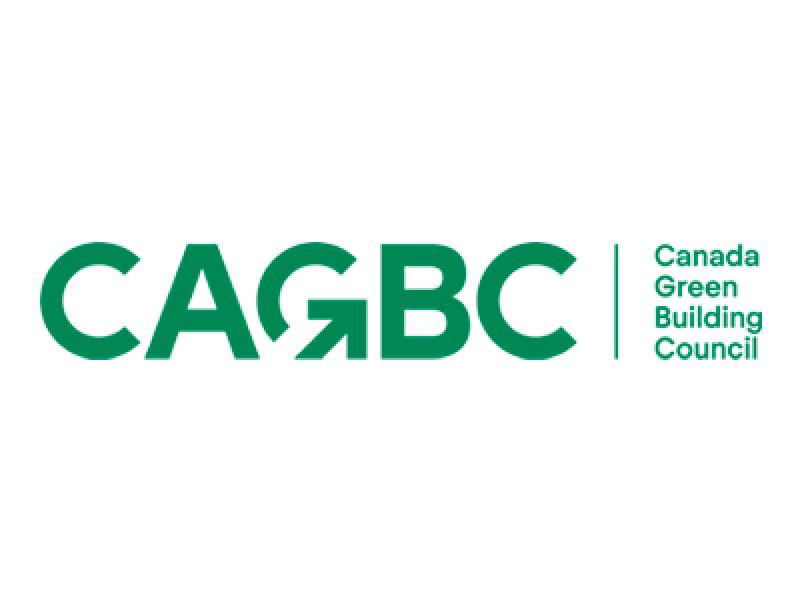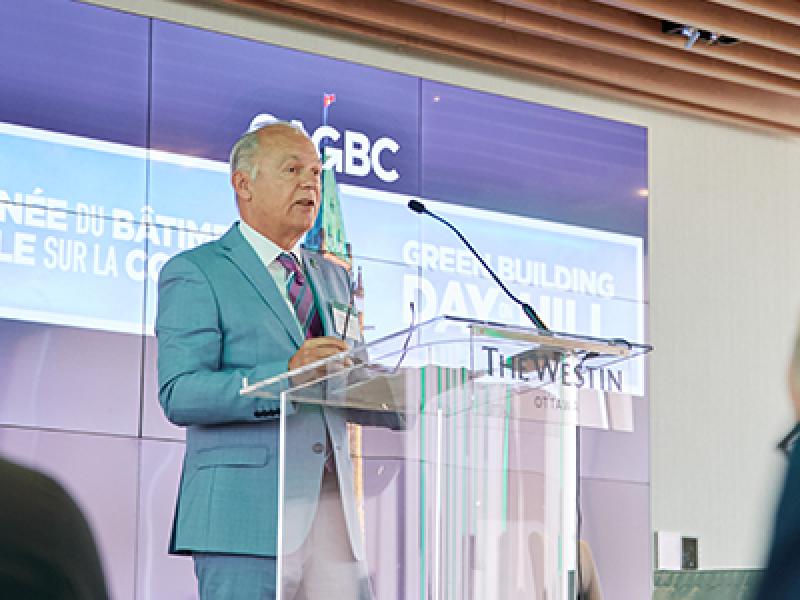
Brandy Burdeniuk is the chief customer officer of GBCI Canada (Courtesy GBCI Canada).
March 2020 changed a lot of things for a lot of people. The spread of COVID-19 required businesses, offices and some construction sites to shut down for the safety of tenants and workers.
As someone who has worked in sustainability and green building for almost 20 years, I hope you feel the same sense of pride I do for our collective response to the pandemic.
Early in the pandemic we faced high uncertainty, and while we’re not out of the woods yet, things are moving in the right direction. We’ve made it this far together, but our “new normal” won’t be the same as the old.
How we look at, operate and construct buildings might change. But our commitment to safety, sustainability and building occupants remains.
I know this to be true because as GBCI Canada’s chief customer officer, I spend most of my time talking to real estate owners and operators, sustainability consultants and project teams. I’m continually impressed by the people I connect with daily and their concern for their teams and tenants as they plan for a safe return to building occupancy.
Where to go next?
I also get a lot of questions about LEED certification and how it fits as building owners and operators grapple with impacts from the pandemic. With so many demands and competing priorities, where do they put their focus?
My response? Do what you need to, but don’t lose sight of the big picture.
The pandemic response and the need for re-occupancy are urgent and important priorities. But they are also relatively short-term.
Our long-term goals around climate and sustainability remain, and the teams that don’t lose sight of that will come out ahead.
LEED as a path forward
For over 20 years, collectively, we have helped shape our industry, using LEED as a globally recognized and trusted name, synonymous with healthy green buildings.
Since 2005, almost 5,000 Canadian projects have certified under LEED, accounting for 6.5 million square metres of space. These projects have reduced massive amounts of CO2 emissions, saved power and water and reduced waste to landfills. It’s a significant achievement that the whole green building community has contributed to.
It’s these results that have helped position LEED as the standard for sustainability and performance. Building owners and operators looking to increase tenants’ confidence as they return to occupancy should consider the value of the LEED brand and the collective work of the green building community to ensure LEED remains rigorous and meaningful.
Tracking what matters
We all know “you measure what matters.” As we encourage a return to occupancy, what could be more important than monitoring building performance and occupant wellness?
Certification or recertification under LEED Operations and Maintenance (LEED O+M) v4.1 offers a streamlined way to track key metrics for a building or an entire portfolio.
As a performance-based certification, LEED O+M provides peace of mind that your building is operating to the highest standards from both an environmental and human health perspective.
To address occupancy challenges and support certification without losing rigour, LEED offers a number of allowances for those seeking certification or recertification under LEED O+M. In place since 2020, they may be lifted — so for projects looking to take advantage, now is the time to act.
Your commitments matter
Environmental, social and governance (ESG) commitments are here to stay. Organizations’ investors, customers and employees care about what you do and how you do it, especially if it impacts them, the environment and the communities they live in.
LEED’s holistic approach covers sustainability, environmental and human health, making it a powerful tool for meeting ESG goals. LEED provides a north star that can help organizations move toward their goals in a meaningful and measurable way. As the impacts of climate change continue to be felt, mitigating risk, and ensuring resiliency and adaptability make green building practices a useful tool for futureproofing, with the potential to support social equity goals and ambitions.
The pandemic has not changed the need for strong climate action and long-term goals centred around sustainability. As we move through the demands of the pandemic and re-occupancy, LEED will continue to help the green building community stay on track and committed to a more sustainable future.
We all have a role to play in this. And my team and I are here to help.










